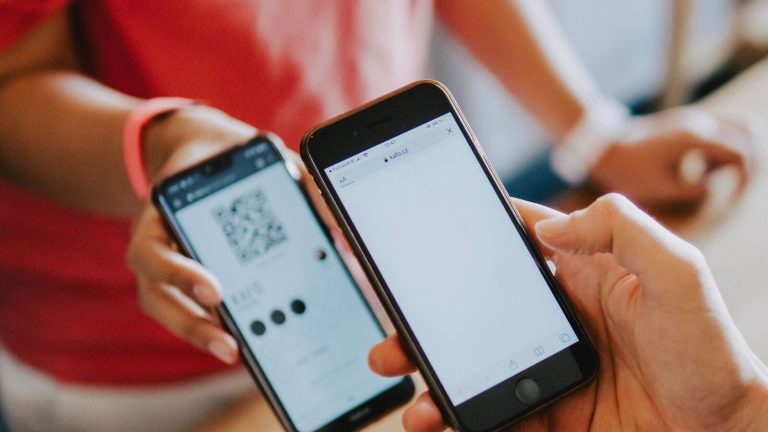Indians are tapping their phones in a big way to spend money. The value of transactions done using mobile phones soared nearly 30% year-on-year (y-o-y) to about ₹198 lakh crore ( ₹1.98 trillion) in the second half (2H) of 2024. To put it in perspective, this amount is 14.5 times the money spent by customers using cards (both credit and debit cards) for transactions.
UPI powers the digital payment revolution
The surge was mainly driven by UPI (Unified Payments Interface) transactions, which increased 31% y-o-y in value to around ₹130 lakh crore. This was possible due to the robust growth in digital payments infrastructure. UPI QR (Quick Response) codes through which users conduct their digital transactions using their mobile phones touched 63.34 crore at the end of December 2024, according to data compiled by Worldline, a leading omnichannel payments technology player.
“Mobile payments have become the go-to channel, with transactions surging 41% (y-o-y) to 88.54 billion (8854 crore), underscoring the role of smartphones in India’s financial ecosystem,” Worldline said. “UPI continues to lead India’s digital revolution, with transaction volumes growing 42% year-on-year, reaching 93.23 billion (9323 crore) transactions in 2H (second half of) 2024,” said Ramesh Narasimhan, chief executive officer, Worldline India.
India’s micro-transactions
UPI’s role in everyday micro-transactions is particularly evident in the 50% y-o-y growth in P2M (person-to-merchant) transactions. The average ticket size (ATS) of all UPI transactions in 2H 2023 was ₹1515 compared to ₹1396 in 2H 2024, an 8% decrease. During the same period, the ATS of P2M transactions fell from ₹657 to ₹626, a 4.7% reduction.
“This fall in P2M ATS is a trend that has been continuing for some time now indicating how UPI is the primary choice for micro transactions indicating its long-term sustainability. Had the median value of UPI transactions been publicly available, from an anecdotal experience, it will likely show how truly it is used for micro transactions; those that are ₹100 or less,” Worldline said.
UPI transactions are categorised as person-to-person (P2P) and P2M transactions. The value of P2M transactions surged 43% y-o-y to ₹36.35 lakh crore at the end of December, data showed. The value of P2P transactions rose 26% y-o-y to ₹93.84 lakh crore. Concurrently, P2M transactions zoomed 50% to 5803 crore while P2P transactions increased 30% to 3521 crore.
Three UPI apps are dominant in terms of volume and value—PhonePe, Google Pay, and Paytm. In terms of transaction volume, these three apps accounted for 93% of all transactions and 92% of the value of transactions as of December 2024.
Card transaction: Credit up, debit down
The volume of card transactions in 2H 2024 was 410 crore, a growth of 11% from 2H 2023. Debit card transactions in 2H 2024 was just 82 crore, a 29% y-o-y fall. But credit card transactions grew 36% y-o-y to 242 crore.
The value of card transactions in 2H 2024 stood at ₹13.64 lakh crore, an increase of 8%. This growth was largely supported by credit cards. The value of credit card transactions rose 14% y-o-y to ₹10.76 lakh crore. The value of transactions done using debit cards plunged 16% y-o-y to ₹2.55 lakh crore.
“India’s digital payments landscape continues to experience significant growth, as reflected in the data from the second half of 2024. UPI remains the dominant force. Meanwhile, credit card transactions have also demonstrated strong growth, particularly in high-value payments,” Worldline said in its ‘India Digital Payments Report’.
“As these trends unfold, digital payments will become even more embedded in India’s economic framework, fostering greater financial inclusion and accelerating economic growth across all segments of society,” Worldline said.
Allirajan M is a journalist with over two decades of experience. He has worked with several leading media organisations in the country and has been writing on mutual funds for nearly 16 years.


